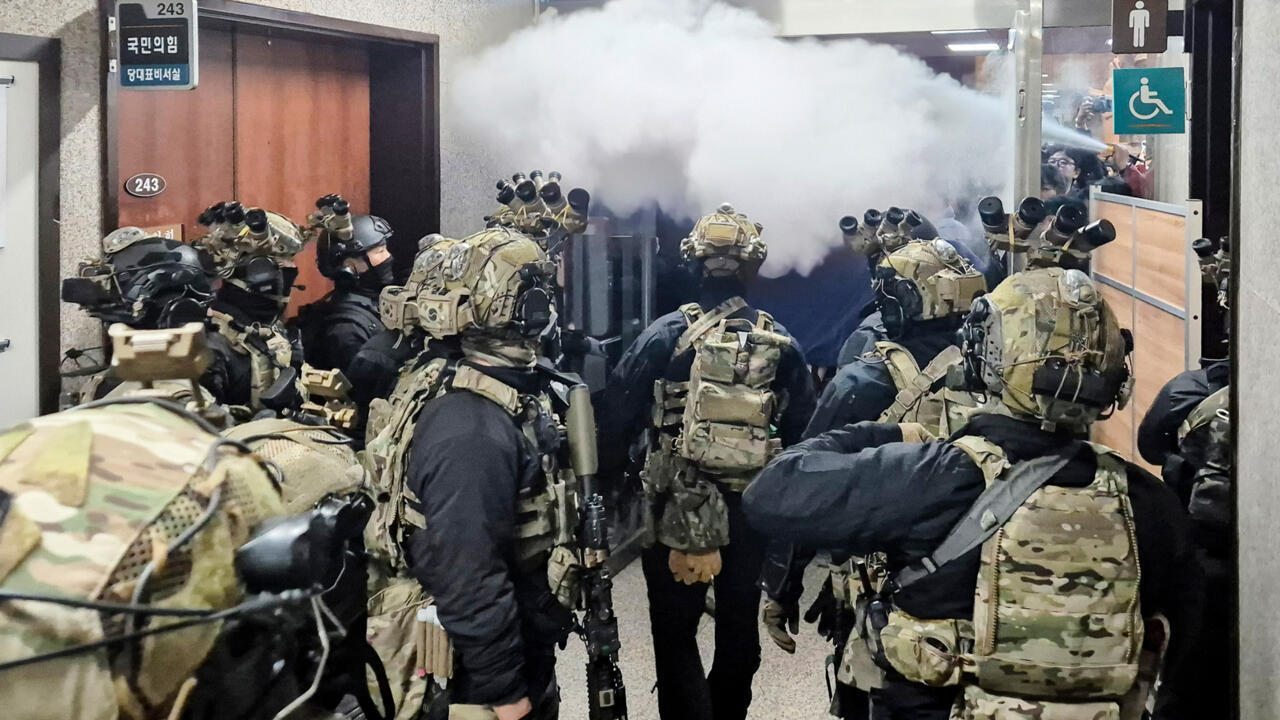In December 2024, California is once again grappling with the devastating effects of wildfires, with one particular fire having forced the evacuation of approximately 20,000 residents. The fires, which have wreaked havoc across large swaths of the state, highlight the continued vulnerability of California to wildfire seasons that grow increasingly severe. As of now, officials are racing against time to contain the fires and protect homes, businesses, and vital infrastructure. In this article, we will examine the immediate impacts of the wildfire on the affected communities, the ongoing firefighting efforts, and the broader context of wildfire management in Tiempo.
The Scope of the Emergency
The fire that has impacted 20,000 residents is part of a series of wildfires that have sparked across the state in recent months. California’s vast expanse, filled with dense forests, dry vegetation, and urbanized areas, is particularly susceptible to wildfires, especially during periods of drought or after extended dry spells. In this case, the fire began in a rural area before rapidly spreading, fueled by strong winds and dry conditions.
By the time authorities had issued evacuation orders, thousands of residents had already begun fleeing their homes. These evacuation orders have not only affected residential areas but have also disrupted transportation systems, including major highways that were temporarily shut down due to the proximity of the fire. As of the latest updates, several critical infrastructure points, such as power lines and water systems, are also at risk, increasing the challenges emergency services face.
Evacuation Efforts and Emergency Response
The immediate priority for emergency responders has been to get as many people to safety as possible. With over 20,000 people affected, local authorities have set up shelters and relief centers to house displaced residents. The California Department of Forestry and Fire Protection (CAL FIRE) and local fire departments have been working around the clock, using both ground forces and air support to combat the flames.
Evacuations were ordered in several counties, with special attention given to vulnerable populations, including the elderly, children, and those with disabilities. To aid the evacuation efforts, state and local law enforcement agencies, including the California Highway Patrol, have coordinated road closures and detours to facilitate safe evacuations.
The evacuation zones have been continuously updated as the fire shifts its path. In some cases, residents were told to evacuate with little warning, highlighting the unpredictability and fast-moving nature of wildfires. This rapid escalation of fires has led to several injuries among both civilians and first responders. Fortunately, no fatalities have been reported yet, but officials remain concerned as the fires continue to spread.
Firefighting Operations and Challenges
Fighting the wildfire has presented numerous challenges for firefighters. The combination of high winds, low humidity, and dry vegetation has created ideal conditions for the fire to spread quickly. CAL FIRE has mobilized thousands of firefighters, deploying both paid professionals and volunteer forces to combat the flames. Aircraft equipped with water-dumping capabilities have also been deployed to assist in the firefighting efforts from above.
However, the sheer scale of the fire, combined with difficult terrain, means that containment efforts have been slow and arduous. Firefighters are working under extreme conditions, and the safety of the crew remains a top concern. Firefighting teams are also coordinating with meteorologists to monitor wind patterns, which can change suddenly and cause the fire to shift direction unexpectedly.
In addition to the human cost of these operations, there is the financial burden of wildfire response, which is expected to be substantial. The cost of firefighting operations, combined with the damage to property and infrastructure, is expected to run into the millions, if not billions, of dollars. This financial strain highlights the broader issue of wildfire prevention and the need for more robust investment in early detection systems and firebreaks to limit the spread of such disasters.
The Environmental Impact
Beyond the human and financial toll, wildfires in California have a devastating effect on the environment. The fires have scorched thousands of acres of forested land, damaging wildlife habitats and causing air pollution that affects both local and distant areas. The smoke from the fires has led to poor air quality in nearby cities, including Los Angeles, and even as far away as Nevada and Arizona. This poses serious health risks to residents, particularly those with respiratory issues.
The destruction of trees and vegetation also has long-term consequences for California’s environment. Forests play a crucial role in carbon sequestration, and their destruction accelerates the effects of climate change. Furthermore, the scorched earth is left vulnerable to soil erosion, which can cause flooding in the aftermath of the fire, exacerbating the damage.
Long-Term Implications and Preparedness
California’s ongoing struggles with wildfires have highlighted the urgency of addressing climate change and improving wildfire preparedness. Over the past few decades, wildfires in California have become more intense and destructive, due in large part to changing climate patterns that create hotter and drier conditions. This trend has led to an increase in the frequency of wildfire seasons and the number of acres burned annually.
To mitigate future risks, experts have called for more comprehensive land management strategies, including the controlled burning of underbrush, which can help prevent larger fires. Additionally, there is a growing need for better early-warning systems and improved fire-resistant infrastructure, such as homes that are built with fireproof materials and the creation of defensible spaces around properties.
In response to these ongoing challenges, California lawmakers have increased funding for fire prevention programs and have committed to enhancing the state’s firefighting capabilities. However, many experts argue that more needs to be done to address the root causes of wildfires and reduce the impact of climate change.
Looking Ahead: Recovery and Rebuilding
As the fire continues to burn, recovery efforts are already being planned. Once the fire is contained, attention will shift toward rebuilding efforts for the communities affected. This will involve clearing debris, restoring infrastructure, and providing support to the thousands of people who have been displaced.
While recovery can take years, California has a strong tradition of resilience. Local residents and emergency services have demonstrated incredible strength in the face of adversity, and many communities are already rallying together to provide assistance to those who have lost homes and belongings. However, it will take continued support from both the government and private sectors to fully rebuild the impacted regions.
Conclusion
California’s recent wildfire disaster is a stark reminder of the state’s vulnerability to the increasingly severe impacts of climate change. The forced evacuation of over 20,000 residents, coupled with the destruction of homes, wildlife habitats, and infrastructure, highlights the need for greater investment in wildfire prevention and response systems. As the firefighting efforts continue and recovery begins, the state is left to confront the broader issue of climate resilience and the role of effective land and resource management to mitigate the impact of future disasters.



